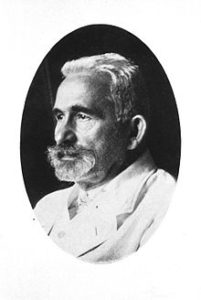The notion of insanity has been around almost since early cultures recognized that a spectrum of human behavior existed. Ideas about insanity have fluctuated throughout time, however. What was considered aberrant behavior in one era wasn’t considered so abnormal in another, just as so-called “normal” behaviors have changed over time.
A 1926 article in The Washington Post discussed some of that time’s new thinking about insanity, and reflected modern doctors’ encouraging ideas about mental health. Written by Dr. W. A. Evans, the article was patterned in a misconception/truth format that showcased the difference between older and more modern thought.
For instance:
Misconception: Insanity comes suddenly./Today’s thinking: Insanity develops gradually over longer or shorter periods of time.
Misconception: Once insane, always insane./Today’s thinking: Many of the insane are restored to mental health after a period of treatment.
Misconception: Insanity is a disgrace./Today’s thinking: Insanity is no more to be ashamed of than pneumonia or a broken leg.
Misconception: Every person is either sane or insane./Today’s thinking: There are degrees of mental health just as there are varying degrees of physical health.
Amid this mostly enlightened discussion of insanity, one assertion did not ring true:
Misconception: Insane asylums are dreadful places. Today’s teaching: Asylums are hospitals from which 25 to 40 percent of the inmates are discharged as recovered.
Whether or not the recovery statistics were accurate, the idea that asylums were dreadful places was probably not a true misconception at the time. Insane asylums, for the most part, had lost the grand motivations and physical beauty they originally had, and were deteriorating (if not already so) into shabby warehouses for the chronic insane.








